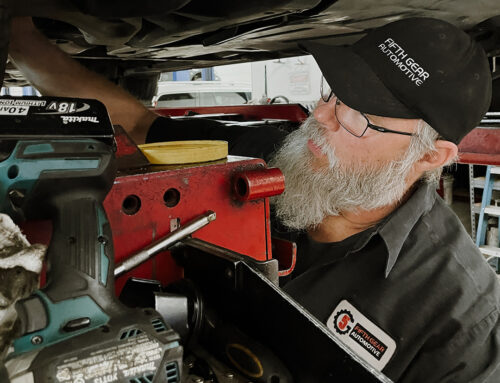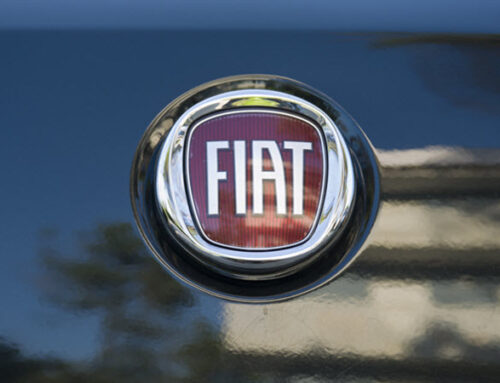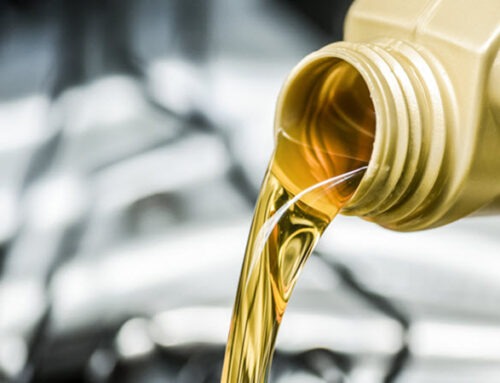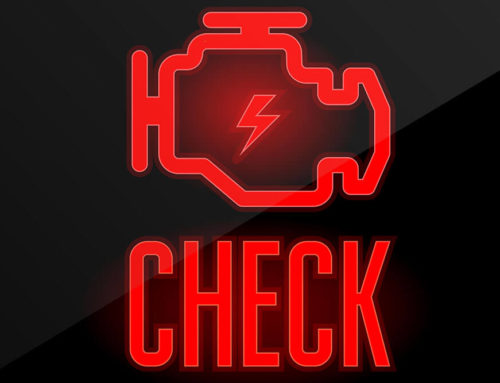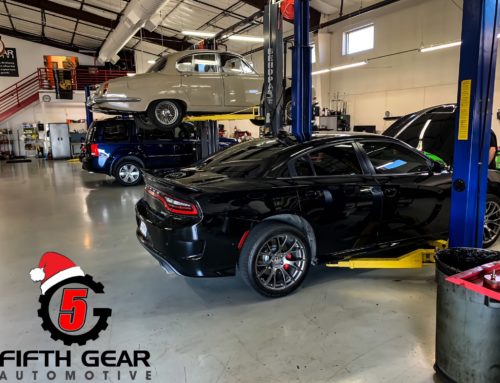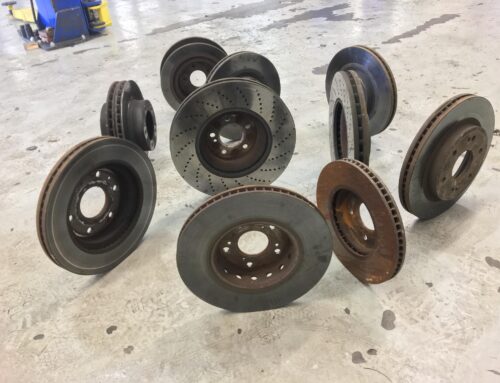Why is Wheel Alignment So Important?
During my years at the service counter costumers who purchased tires often asked me, “Do I have to have them balanced?” followed by, “Does it need a wheel alignment too?” I understand why consumers ask these questions. Tire balancing coupled with wheel alignment can be expensive. So let’s look at why balancing new tires and performing a wheel alignment are necessary.
Wheel alignment
The average price of a newly mounted and balanced tire with a new valve stem is roughly $125 per tire. That’s $500 for the set of four. If your wheel alignment is out, you could lose that $500 in short order. That’s why you should, at the very least, check wheel alignment before venturing out on a new set of tires.
So how could you lose money by not having an alignment done? By significantly decreasing the life of your new tires. The steering and suspension of your vehicle has wear points. They are bushings, ball & socket joints, and miscellaneous mechanical links. When the steering and suspension system is new and adjusted according to factory specs, the rate at which the tires wear is minimized and the vehicle corners and handles smoothly. Over time, the steering and suspension systems are jostled and hammered (compliments of America’s highways). This produces wear in the parts listed above, causing the alignment to go out from factory specs. This results in poor cornering and handling, and a significant increase in tire wear.
There are three alignment angles that must be in line for the vehicle to handle properly and for minimal tire wear. Carmakers have built adjustment points into the steering and suspension that allow for re-alignment of the front end.
In Wheel Alignment There Are Three Alignment Angles:
- Camber: is the angle of wheel alignment that measures the tilting in or out in reference to the top of the tire. If a car’s camber angle on a tire is too positive then the top of the tire is tilting outward. If the camber angle is too negative then the top of the tire is tilting inward. This angle is adjusted mechanically. Conditions that cause excessive camber are worn ball joints, control arm bushings, strut bearings/mounts, or excessively worn wheel bearings. These parts must be ‘tight’ (not sloppy) to insure accurate alignment of the camber angle.
- Toe: The best way to explain how this angle affects wheel alignment is to look down at the tops of your feet. Imagine that you’re hovering above the hood of your car and you can see through the body of the vehicle. Your feet represent the tops of the tires. Now slowly turn your feet inward to an excessive degree. That’s what your tires look like when they’re toed-in. Now turn your feet outward excessively. That’s what your tires look like when they’re toed-out. This alignment angle is adjusted through the lengthening or shortening of a steering linkage part called a tie rod (found in both Conventional and Rack & Pinion Steering systems). Obviously when this angle is out or in too far, tires wear out quickly! This angle also affects whether your car’s steering wheel is straight. If the steering wheel is crooked, the toe’s probably way out. Excessive toe can be caused by worn tie rods, loose rack mounts, worn idler arm/s (some vehicles have two), pitman arm, drag link assembly, or a worn rack or steering box. Before you can accurately set the toe angle, you must have tight steering linkage parts.
- Caster: is adjusted either by mechanical adjustment or by bending a suspension part. The caster angle [of wheel alignment] can be best illustrated by the bicycle of your childhood youth. Remember when you rode your bike with “no hands?” Remember how the handlebars returned to the straight-ahead position when you leaned right or left to turn a corner? This is the caster angle expressing itself. The caster angle of your car expresses itself when the steering wheel returns to the straight-ahead position after making a turn. It is also expressed when the car wants to wander right or left.
When having new tires installed, at the very least have the wheel alignment checked. If it’s out, have the vehicle realigned or pay the price of another set of new tires sooner than later.


